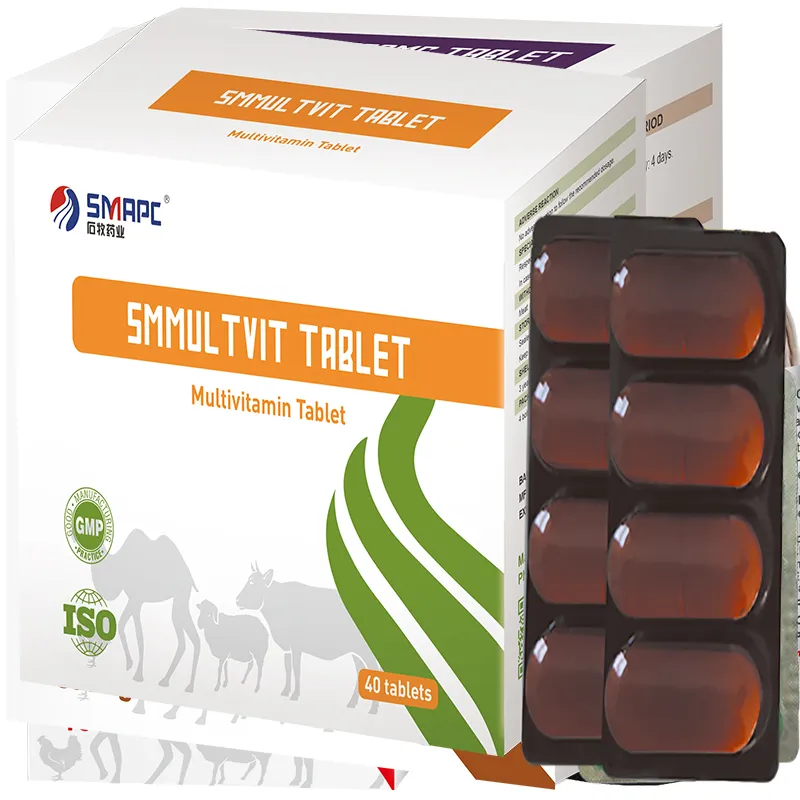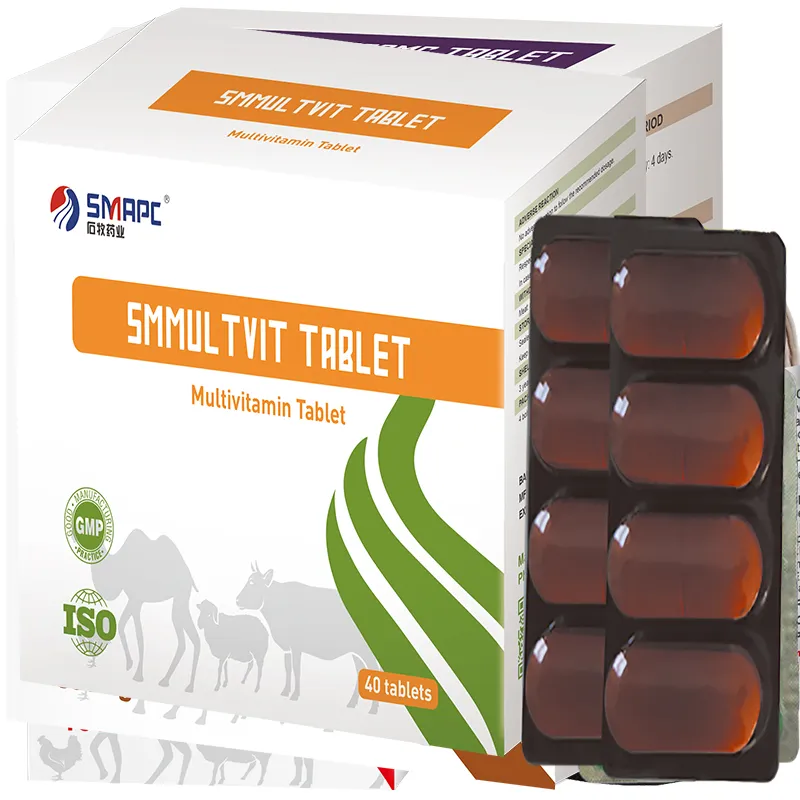Understanding anti-diarrhea medications for dogs is an essential aspect of responsible pet ownership. While various options are available, it’s crucial to consult a veterinarian for proper diagnosis and treatment. Early intervention can prevent complications, ensuring your furry friend remains healthy and happy. Always prioritize your dog's health by observing their behavior and seeking professional advice when needed.




